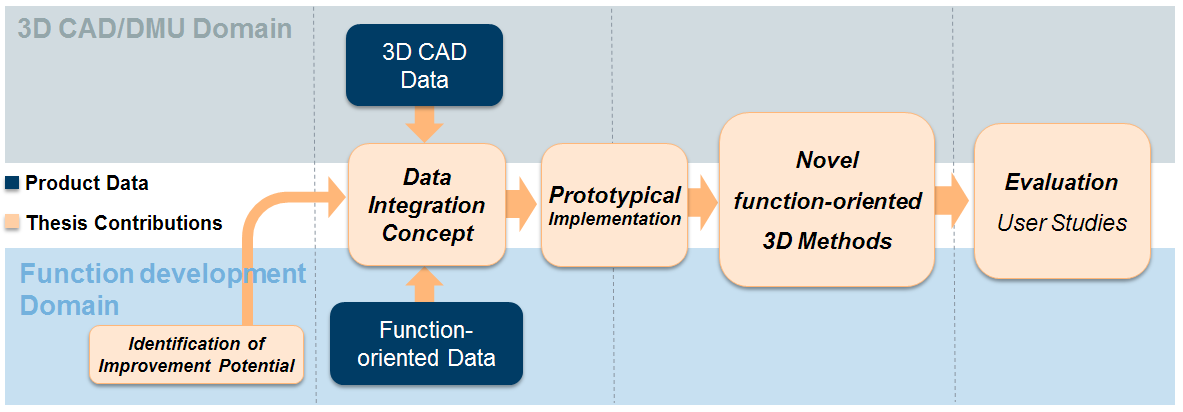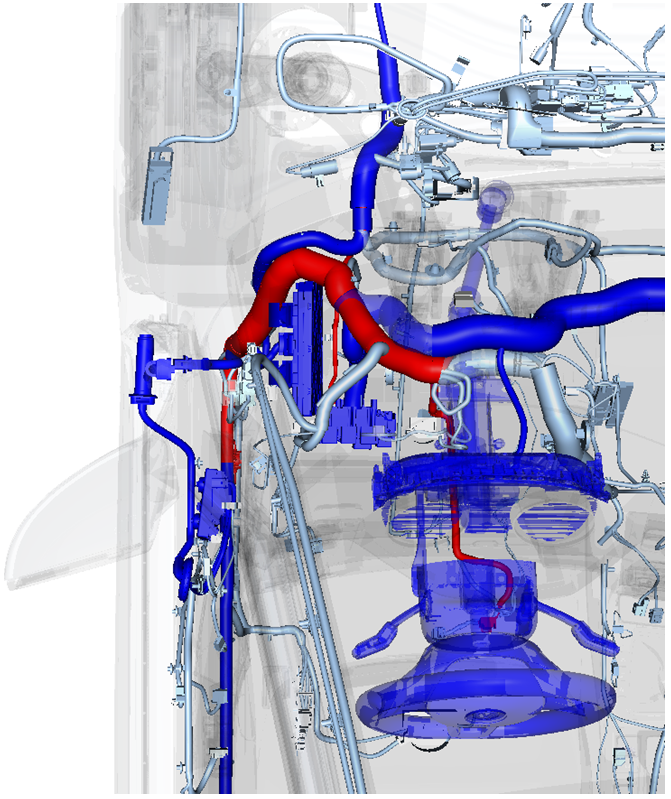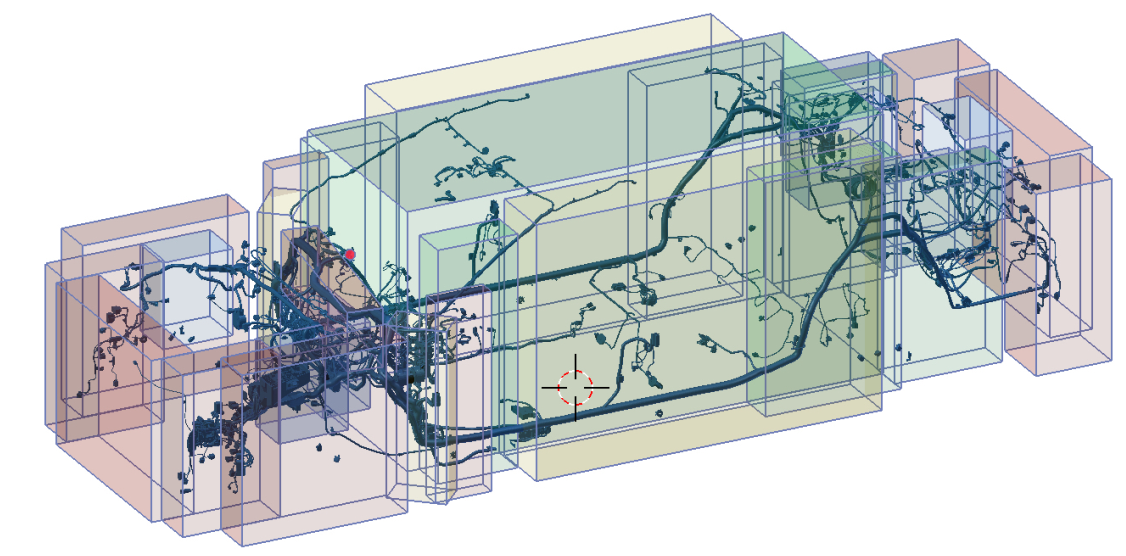Function-oriented development with 3D VR-methods

|
New Methodologies for Automotive PLM by combining Function-oriented Development with 3D CAD and Virtual Reality
Today, a primary challenge within the automotive industry is the high and further increasing complexity of modern vehicles, caused by the growing numbers of vehicle functions, electronics and software. Considering such challenges, the approach of a function-oriented development extends the traditional component-oriented development by focusing an interdisciplinary development of vehicle functions as mechatronic and cyber-physical systems and it is an important measure to master the increasing product complexity. In addition, technologies like virtual reality, computer-aided design (CAD) and virtual prototyping offer largely established tools for the automotive industry in order to handle different challenges across product lifecycle management. So far, however, the promising potentials of 3D virtual reality methods have not yet been evaluated in the context of an automotive function-oriented development. Therefore, this research focuses on the question how 3D virtual reality methods can improve relevant workflows and generally streamline a function-oriented development.
To address this research goal, a prototypical implementation is developed which is based on a consistent integration of vehicle function architectural data with 3D CAD data. A primary contribution of this thesis is the development and evaluation of novel, function-oriented 3D methods which are enabled by this kind of data integration. Based on the prototypical implementation, these methods are designed, developed and evaluated. With the application on different automotive use cases it is shown that these novel 3D methods provide a significant benefit for function-oriented development and comparable applications of systems engineering. Moreover, proposals are provided on how these methods can be integrated into prospective 3D tools in order to solve relevant function-oriented tasks much more efficiently in the future. User studies are used to further evaluate the novel 3D methods and to identify improvement potentials and areas for future work.

|
| This research connects two heterogeneous domains of automotive development in order to provide novel, beneficial methods for function-oriented product lifecycle management. |
Novel 3D methodologies for function-oriented visualization and analyses
-
Precise and quick localization of components and wires related to particular vehicle functions, and related data within 3D CAD-based vehicle geometries.
-
Advanced analysis capabilities (e.g. highlight function elements matching particular conditions) and automated analyses of function architecture distributions in specific areas (like crash-relevant zones).
-
Interactive data exploration of function-oriented 3D data. For example, a user can navigate through 3D data and retrieve function-oriented information on selected elements.
 |
 |
Left:Headlamp flasher vehicle function elements, Right: Steering column power supply grounding connection.
 |
|
Interactive exploration of 3D CAD data and retrieval of function-oriented information.
|
 |
|
Analysis of function distributions within crash-relevant vehicle zones.
|
Results
-
A novel function-oriented 3D methodology has been developed which enables new possibilities for interactive visualization, analysis and communication of function-oriented data.
In addition, concepts have been proposed on how this method can be integrated into next-gen 3D tools. -
The benefits of the novel 3D methods have been proven by applying these methods on multiple automotive use cases in different areas like development, validation, maintenance and service.
-
User study results indicate that the function-oriented 3D-methodology allows to perform relevant tasks within a function-oriented development like the geometric function localization task with significantly better performance compared to traditional non-3D methods.
-
It has been demonstrated that virtual reality is a tool and medium that is highly capable of supporting and improving tasks of an interdisciplinary function-oriented development and also of other engineering domains with comparable approaches to systems engineering.
Videos
Example #1: Localization of elements of a vehicle headlamp flasher function
Publications
- A Methodology for Interactive Spatial Visualization of Automotive Function Architectures for Development and Maintenance , International Symposium on Visual Computing, 2013. [BibTex]
- Streamlining Function-oriented Development by Consistent Integration of Automotive Function Architectures with CAD Model , Computer-Aided Design and Applications, 2014. [BibTex]
- Time-efficient and Accurate Spatial Localization of Automotive Function Architectures with Function-oriented 3D Visualization , Computer-Aided Design and Applications, 2016. [BibTex]

